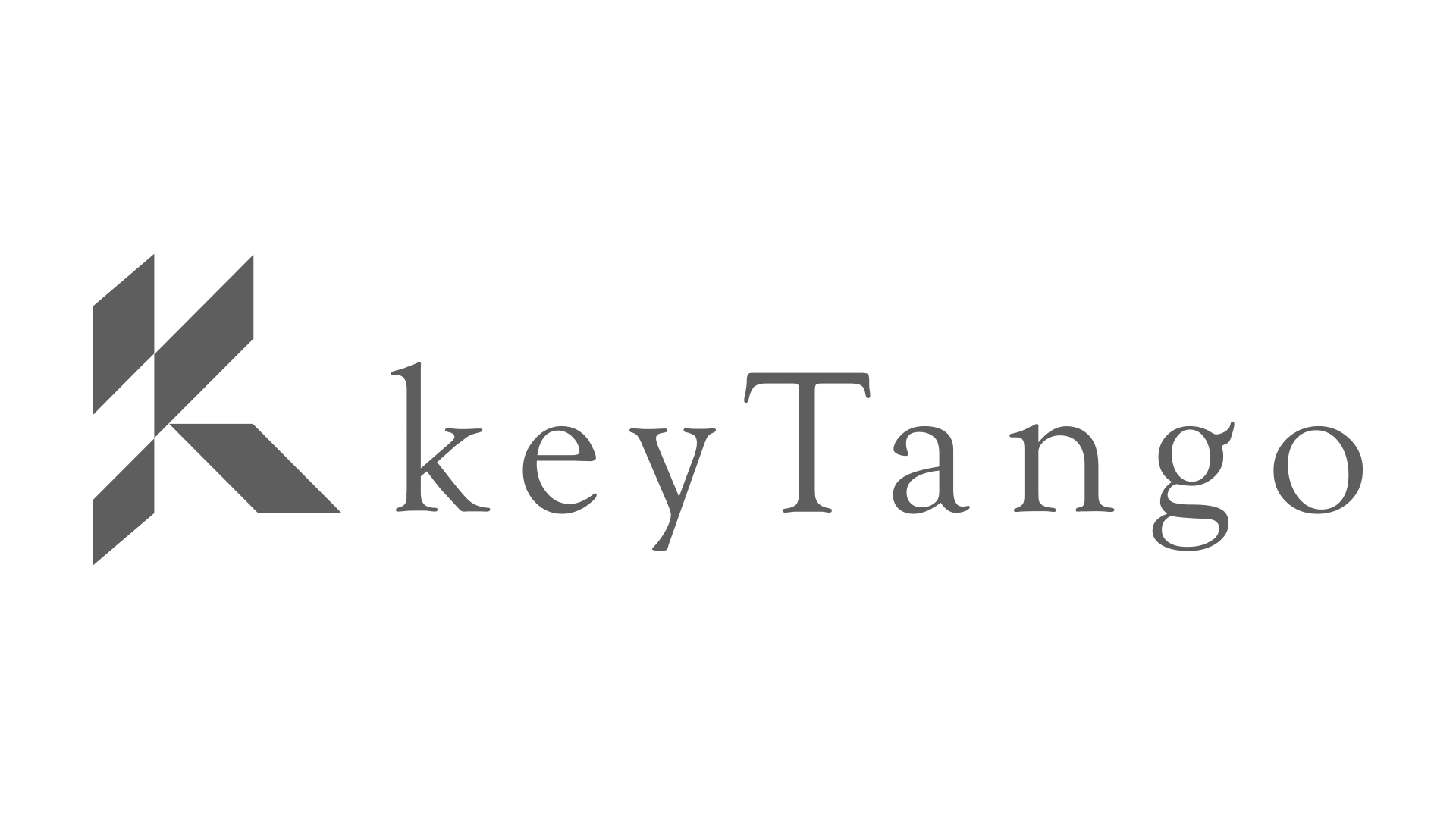In Defi, providing coins to borrowers is a good way for lenders to earn interest and maintain exposure to the underlying coin. In many cases, coin borrowers intend to either increase their long exposure to, or short-sell a specific coin. Lenders, or the protocols that DeFi lenders enter into loan agreements on, typically set parameters for the loans. LTV’s and other hard-coded rules set boundaries on leverage availability based on the type of coin being posted as collateral.
In traditional finance, centralized institutions (brokers/banks) offer loans (leverage) to their customers to facilitate leverage trading. In Defi, lending platforms like Compound and Aave facilitate coin/token loans. DeFi lenders supply their tokens to a particular lending protocol which send the supplied tokens to a smart contract so they can become available to borrowers of various of those tokens to enable leverage trading activity, or further rehypothecation.









